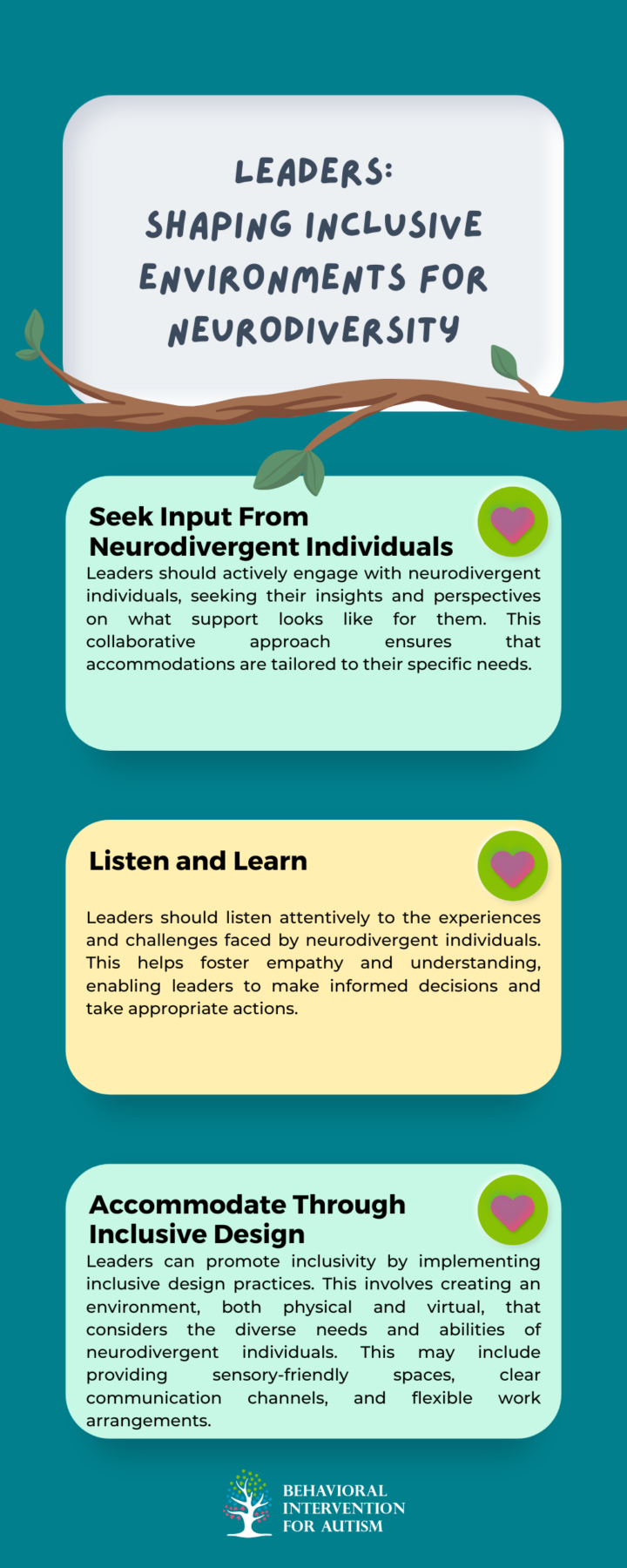
Table of Contents
To gain a comprehensive understanding of the concept of neurodiversity, it is essential to explore its definition and recognize its importance in society.
Definition of Neurodiversity
Neurodiversity is a concept that encompasses various neurological and developmental conditions, particularly within the context of autism spectrum disorder, ADHD, and other learning disabilities or cognitive differences. Coined by sociologist and autistic rights activist Judy Singer in 1998, neurodiversity highlights the natural variation among all brains in the human species. It rejects the notion of a singular, “correct” way of thinking, learning, or behaving.
Neurodiversity recognizes that there is no brain equal to another, making every individual neurodiverse. It emphasizes that differences in the organization of the nervous system are common across the entire population. Rather than viewing neurodivergent individuals as abnormal or needing to be “fixed,” neurodiversity celebrates the diverse range of cognitive and neurological differences present in society.
Importance of Neurodiversity
Understanding and embracing neurodiversity is of utmost importance in creating an inclusive and equitable society. By recognizing and valuing the diverse ways in which individuals perceive and interact with the world, we can foster a more inclusive environment that respects and accommodates different cognitive styles and abilities.
Neurodiversity promotes the idea that neurological differences should not be viewed as deficits but rather as natural variations in human development. It challenges the traditional medical model that focuses solely on treatment and rehabilitation, instead advocating for acceptance, support, and accommodation. This perspective allows individuals with neurodivergent conditions to celebrate their unique strengths and contributions.
Embracing neurodiversity ensures that all individuals, regardless of their neurological characteristics, feel respected, valued, and included in society. This approach fosters greater understanding, empathy, and collaboration among diverse individuals, paving the way for innovative solutions and a more inclusive future.
Understanding the definition and importance of neurodiversity lays the foundation for creating a more inclusive society that values the unique strengths and perspectives of all individuals, regardless of their cognitive and neurological differences.
Neurodivergent Conditions
Neurodivergent conditions encompass a range of neurological differences that affect individuals’ cognitive and behavioral functioning. Understanding these conditions is crucial for providing support and fostering inclusivity. Let’s explore some of the common neurodivergent conditions:
Autism Spectrum Disorder
Autism Spectrum Disorder (ASD) is a developmental condition that can lead to notable difficulties in social interactions, communication, and behavior. Individuals with ASD may experience difficulties with eye contact, dislike physical contact, and have difficulty expressing their needs and emotions. It is important to note that autism is a spectrum, meaning that individuals can exhibit a wide range of abilities and symptoms.
Attention Deficit Hyperactivity Disorder
Attention Deficit Hyperactivity Disorder (ADHD) is an executive function disorder that affects individuals’ ability to focus, regulate impulses, and maintain attention. People with ADHD often experience difficulties in abstract thinking, problem-solving, planning, organizing, and synthesizing information. They may also struggle with attention span, impulse control, and sitting still for extended periods.

Dyslexia
Dyslexia is a specific learning disorder that impacts reading skills. It affects the brain’s ability to process language, leading to difficulties in identifying speech sounds and understanding their relation to letters and words. Individuals with dyslexia may struggle with reading fluency, spelling, and word recognition. However, with appropriate support and interventions, individuals with dyslexia can develop successful reading strategies.
Dyspraxia
Dyspraxia, also known as Developmental Coordination Disorder (DCD), is a neurodevelopmental disorder that affects physical coordination and motor skills. Children with dyspraxia may appear clumsy and struggle with activities such as writing, drawing, and acquiring new motor skills. They may experience challenges with balance, coordination, and fine motor movements. Early intervention and targeted therapies can help individuals with dyspraxia improve their motor skills and overall functioning.
Tourette Syndrome
Tourette Syndrome is a neurological disorder defined by involuntary physical movements and vocal sounds referred to as tics. Tics can range from simple movements such as throat clearing or eye blinking to more complex vocalizations and actions. While tics can be disruptive and challenging, many individuals with Tourette Syndrome lead fulfilling lives with appropriate support and management strategies.
Understanding these neurodivergent conditions is essential for promoting inclusivity and providing the necessary support to individuals who experience them. By recognizing the unique strengths and challenges associated with each condition, we can create a more inclusive society that embraces neurodiversity.

Embracing Neurodiversity
Recognizing and embracing neurodiversity is essential for creating an inclusive and accepting society. Neurodivergent individuals, including those with autism, face unique challenges that can be better understood and supported through a neurodiversity lens. We will delve into the difficulties encountered by neurodivergent individuals, examine how leaders can champion neurodiversity, and discuss the principle of reciprocal inclusion.
Challenges Faced by Neurodivergent Individuals
Neurodivergent individuals, including those on the autism spectrum, often encounter various challenges in their daily lives. These challenges can differ from person to person, but some common difficulties include:
- Difficulty communicating effectively, which may involve struggles with verbal and nonverbal communication.
- Sensory sensitivities, such as sensitivity to noise, light, or touch, can lead to discomfort and overwhelm.
- Executive functioning issues, including difficulties with organization, time management, and problem-solving.
- Social interactions and understanding social cues, may lead to misunderstandings or social isolation.
- Navigating unpredictable or unfamiliar situations can cause anxiety and stress.
Understanding and acknowledging these challenges is crucial in providing appropriate support and accommodations for neurodivergent individuals.
Role of Leaders in Embracing Neurodiversity
Leaders play a vital role in creating an inclusive environment that embraces neurodiversity. They have the power to shape workplace culture and implement practices that support and accommodate neurodivergent individuals. By taking the following steps, leaders can contribute to a more inclusive environment:

Actively embracing neurodiversity and implementing inclusive practices allows leaders to create an environment where all individuals, regardless of their neurodivergence, feel valued, supported, and empowered to thrive.
Reciprocity of Inclusion
The concept of reciprocity of inclusion highlights the belief that differences can be advantageous and provide opportunities for everyone involved. This approach, advocated by organizations like Specialisterne, recognizes that diverse perspectives and abilities enrich the collective experience. It values the active contribution of all parties, emphasizing that accommodating neurodivergent individuals is not solely a one-way process but a mutually beneficial endeavor.
Embracing the reciprocity of inclusion allows organizations and communities to harness the unique strengths and talents of neurodivergent individuals. This inclusive approach not only fosters a sense of belonging and promotes collaboration but also contributes to a more innovative and diverse society.
Understanding the challenges faced by neurodivergent individuals, the role of leaders in embracing neurodiversity, and the concept of reciprocity of inclusion can pave the way for a more inclusive and accepting world for everyone, regardless of their neurological differences.
Evolution of Autism Definition
Over the years, the understanding and definition of autism have evolved, reflecting a broader perspective that embraces neurodiversity. We’ll delve into the shift toward viewing autism through the neurodiversity lens and examine contemporary clinical perspectives on the autism spectrum.
Transition to Autism Spectrum
In 2013, a significant change occurred in the diagnostic criteria for autism. Before this, autism and Asperger’s syndrome were considered separate diagnoses. However, the fifth edition of the Diagnostic and Statistical Manual of Mental Disorders (DSM-5) combined these conditions under a single definition known as the autism spectrum. This transition reflects the understanding that autism characteristics are distributed to varying degrees throughout the population, even among neurotypical individuals.
The autism spectrum recognizes that individuals can exhibit a wide range of characteristics, strengths, and challenges associated with autism. It acknowledges that autism is a complex and diverse condition, with each person’s experience being unique. A diagnosis of autism spectrum disorder (ASD) is given when these characteristics are concentrated in one person to an extent that negatively affects their life.

Paradigm Shift towards Neurodiversity
In the late 1990s, sociologist and autistic rights activist Judy Singer introduced the concept of neurodiversity. This term highlights the natural variation among all brains in the human species, emphasizing that there is no brain equal to another. Neurodiversity recognizes that neurological differences, including those associated with autism, are a part of the natural diversity of human beings.
The paradigm shift towards neurodiversity challenges the traditional medical-rehabilitative model of viewing autism as a collection of deficits that need to be fixed or cured. Instead, it acknowledges that differences in the organization of the nervous system are common across the entire population. Neurodiversity promotes acceptance, understanding, and support for individuals with autism and other neurodivergent conditions, emphasizing their strengths and contributions to society.
Clinical Views on Autism
The clinical views on autism are gradually aligning with the paradigm of neurodiversity. Professionals in the field are recognizing that autism is not solely a disorder but a natural variation in human development. The current clinical definition of autism acknowledges that differences in neurological, sensory, communicative, and social characteristics are part of the diversity of human beings.
Embracing the concept of neurodiversity allows clinicians to shift from a deficit-based approach to a more inclusive and supportive framework. This change encourages society to recognize and value the unique strengths and perspectives of individuals on the autism spectrum. It fosters an environment that promotes acceptance, understanding, and equal opportunities for individuals with autism to thrive and contribute.
As our understanding of autism continues to evolve, it is crucial to embrace neurodiversity and foster a society that celebrates the diverse ways our brains work.
At Behavioral Intervention for Autism, we are dedicated to providing exceptional ABA programs in Florida that cater to individual needs with personalized care and evidence-based techniques. Our skilled team is committed to supporting each person’s unique journey towards growth and development.
If you’re interested in learning more about how our services can make a difference, contact us today to explore how we can assist you.
- 9 Common Obsessions of Children With Autism You Should Know - February 25, 2025
- What is Neurodiversity? A Guide to Embracing Differences - February 25, 2025
- Understanding Hyperfocus in Autism: What It Means and Why It Happens - February 25, 2025
